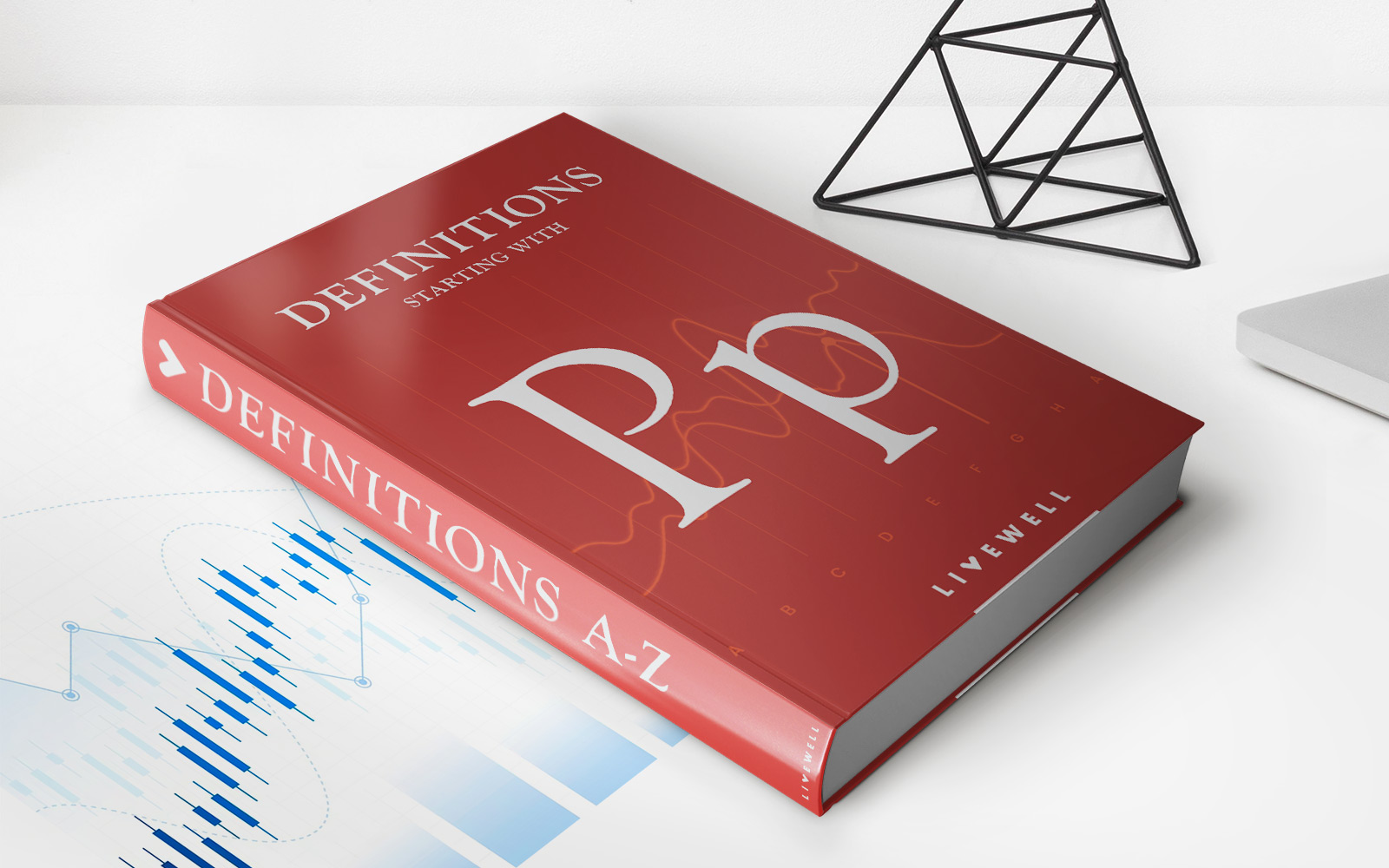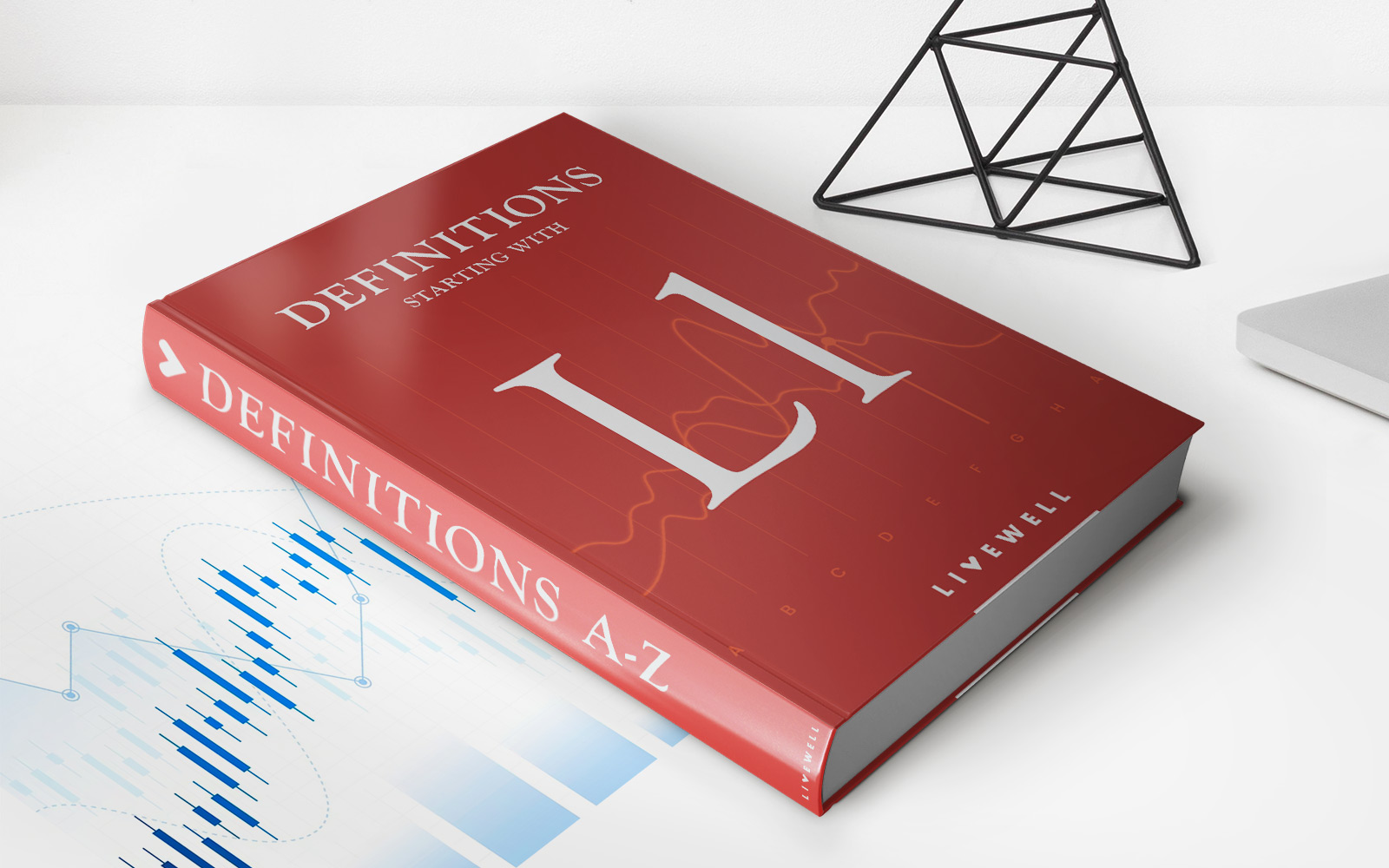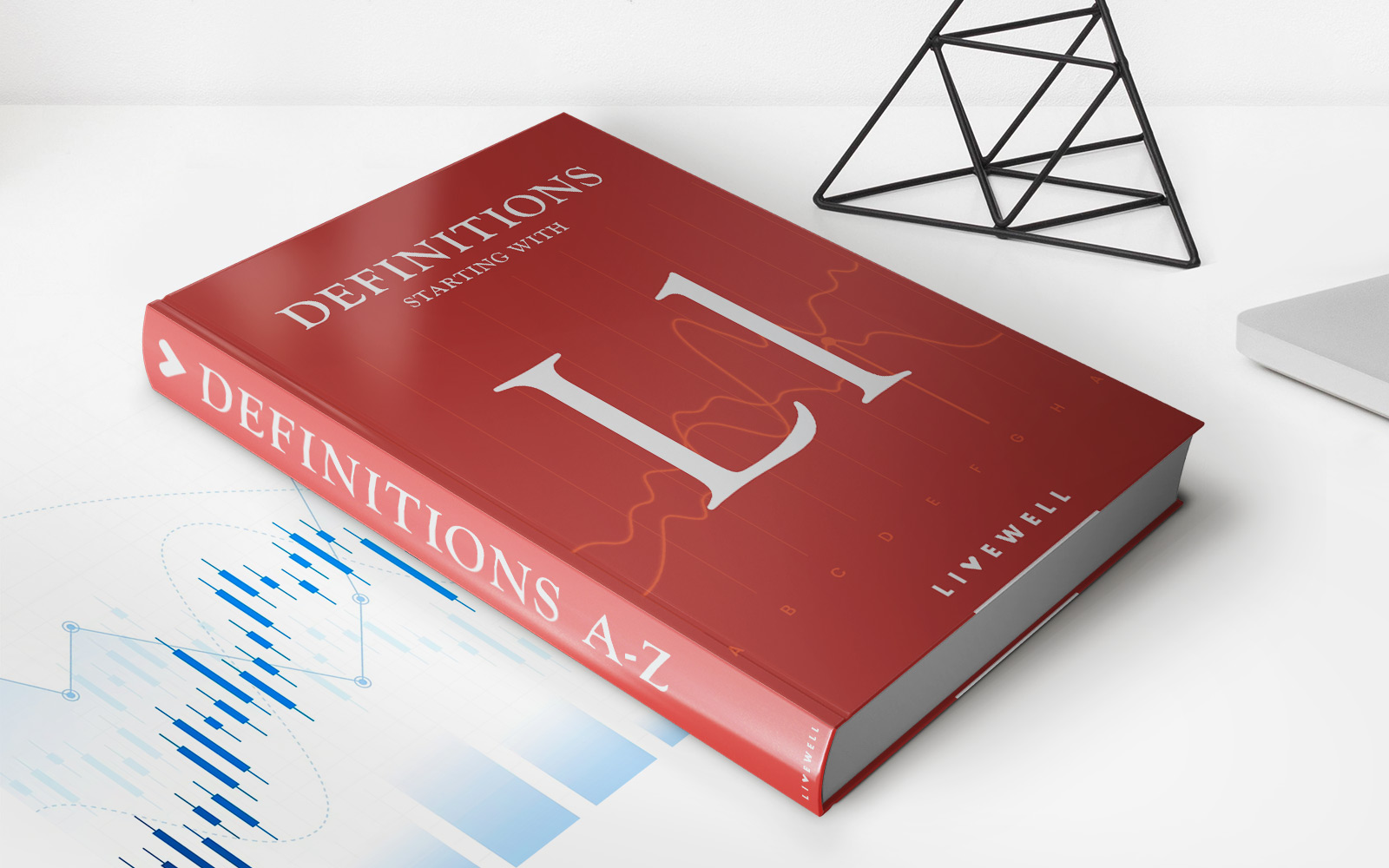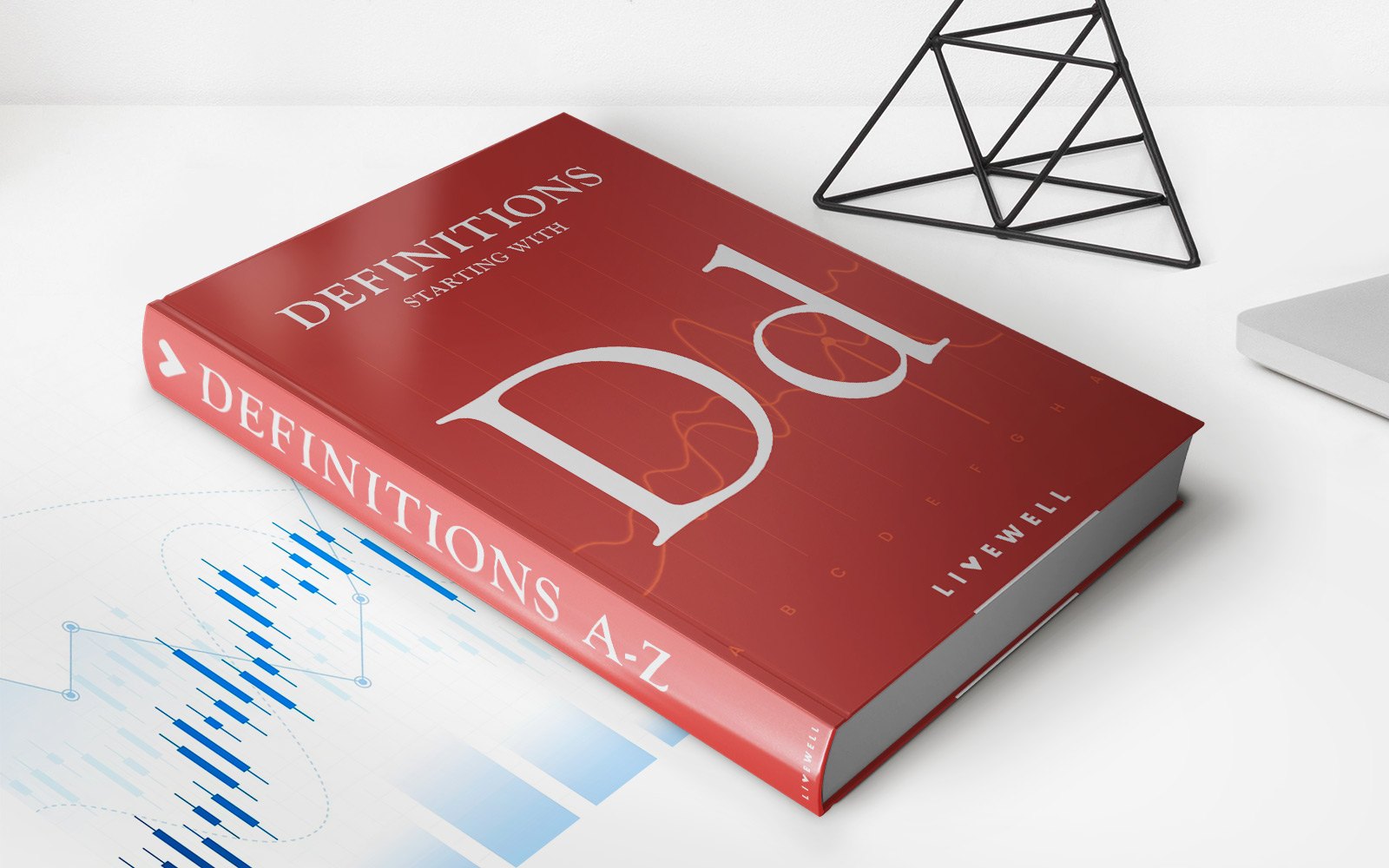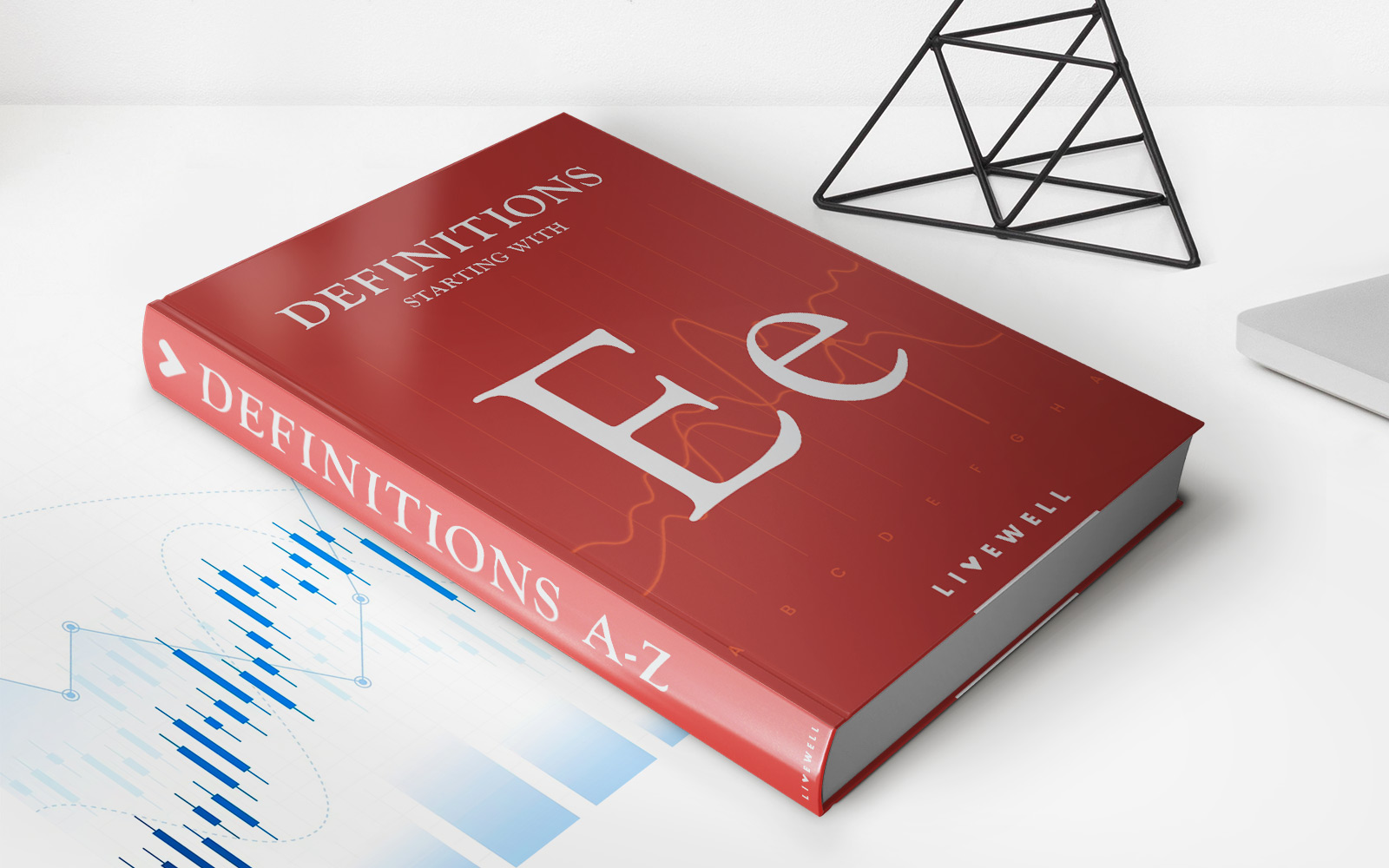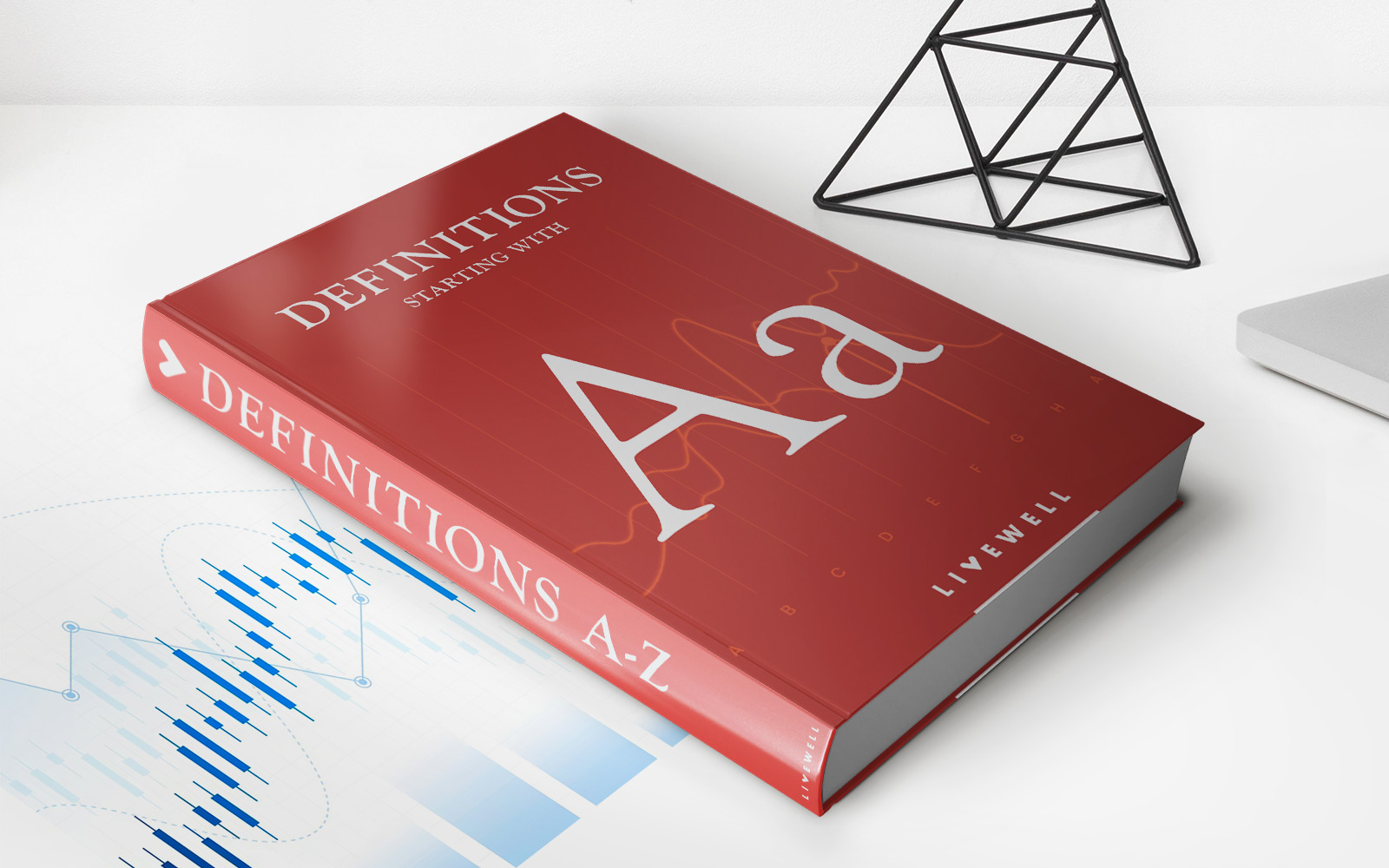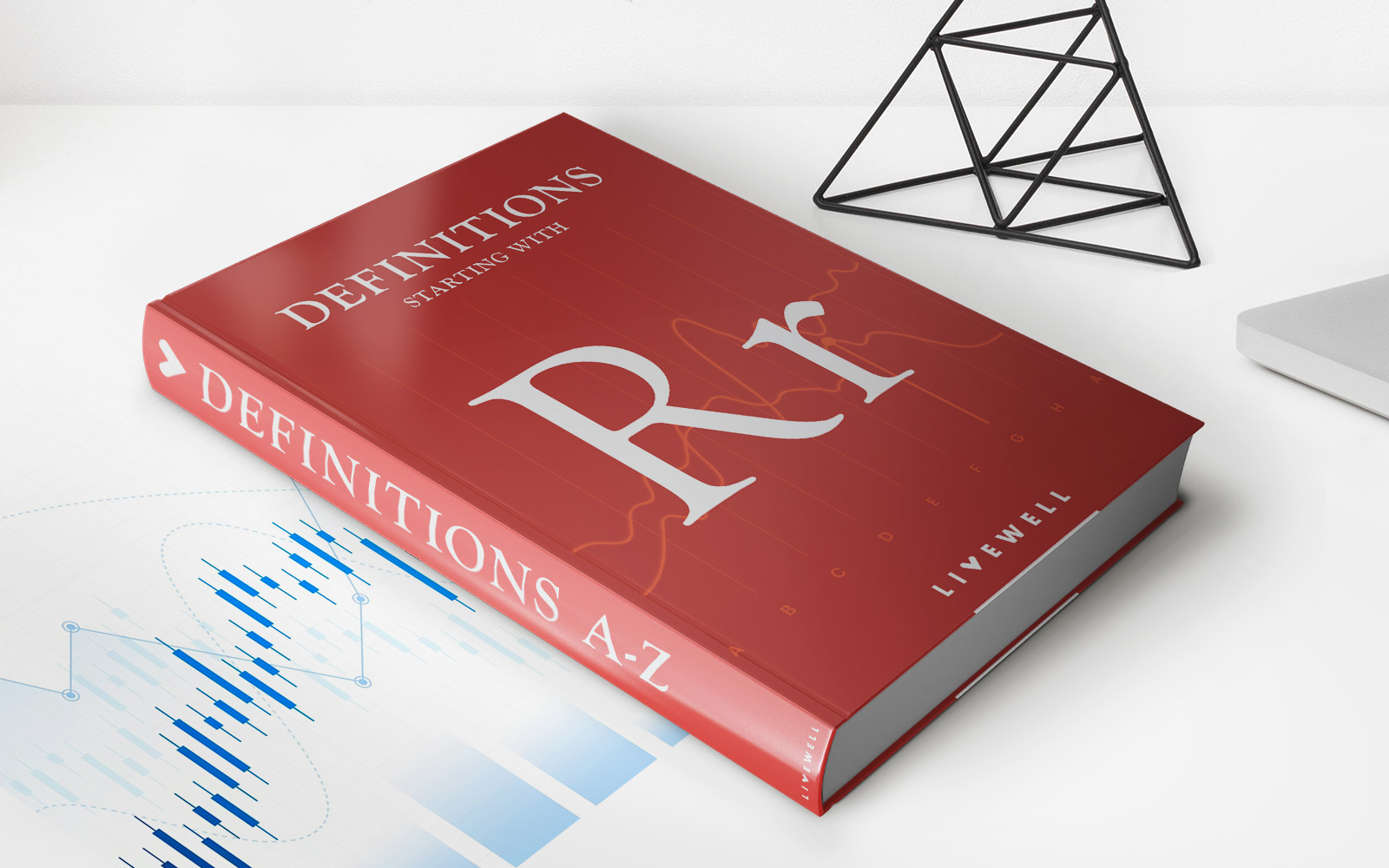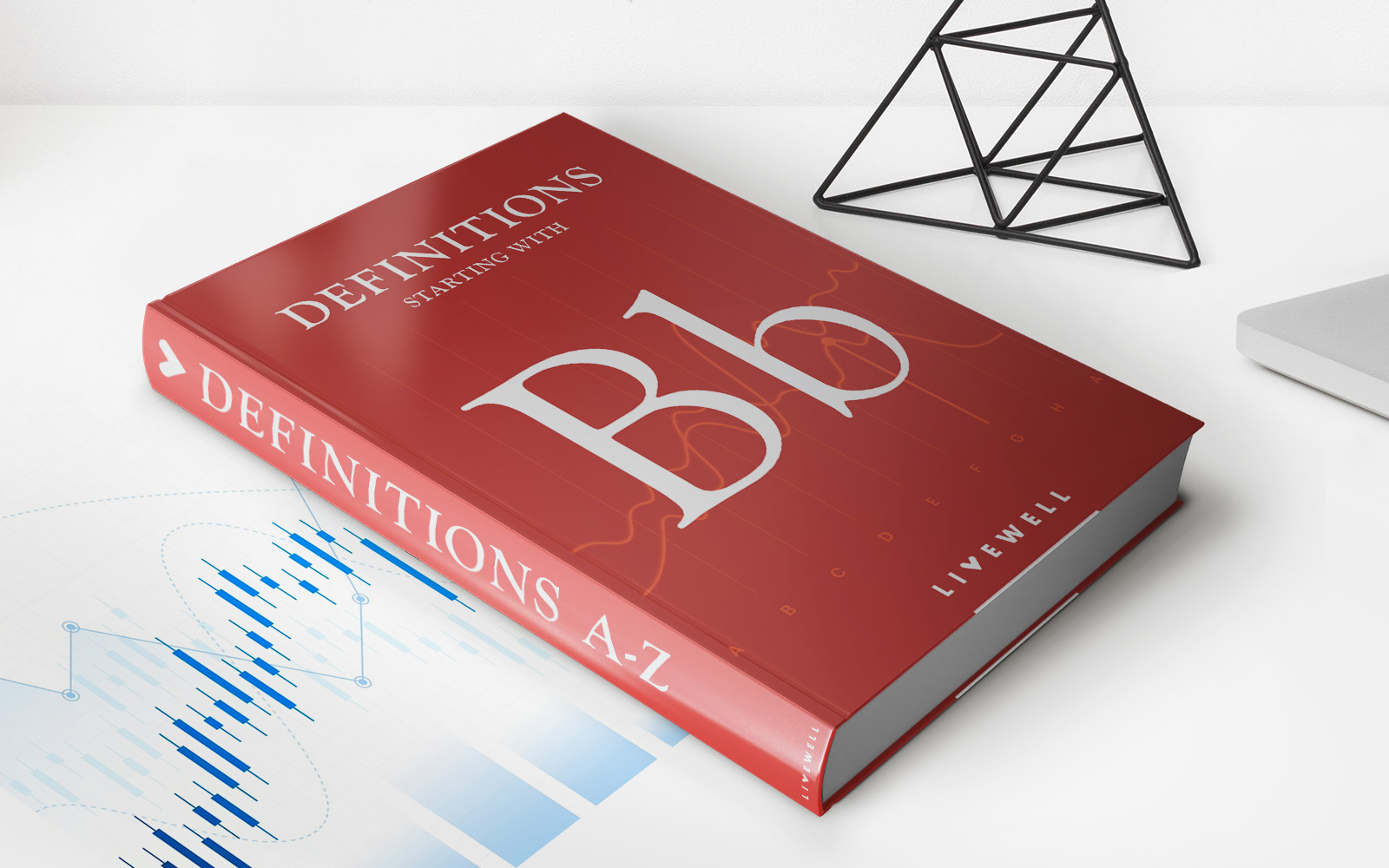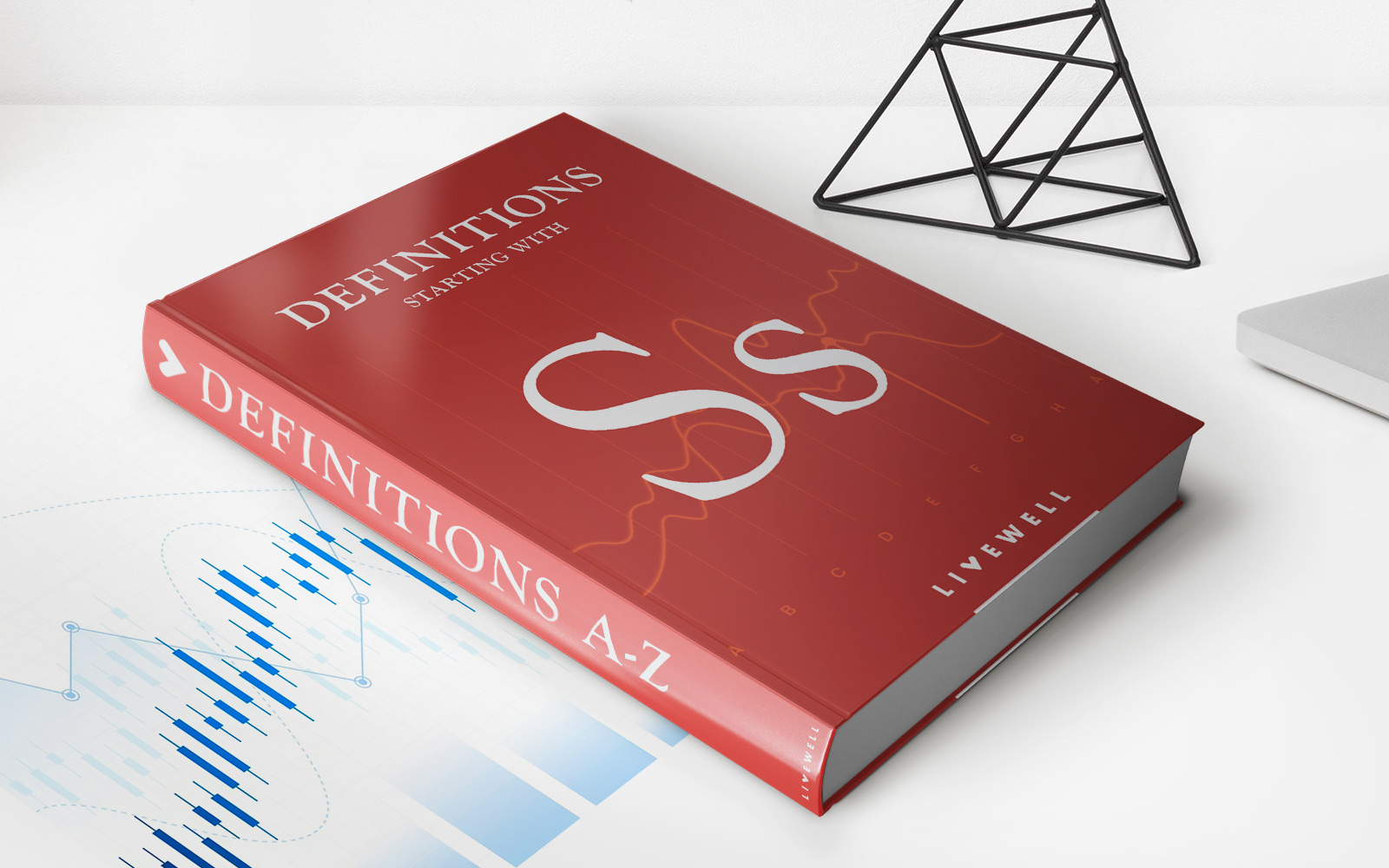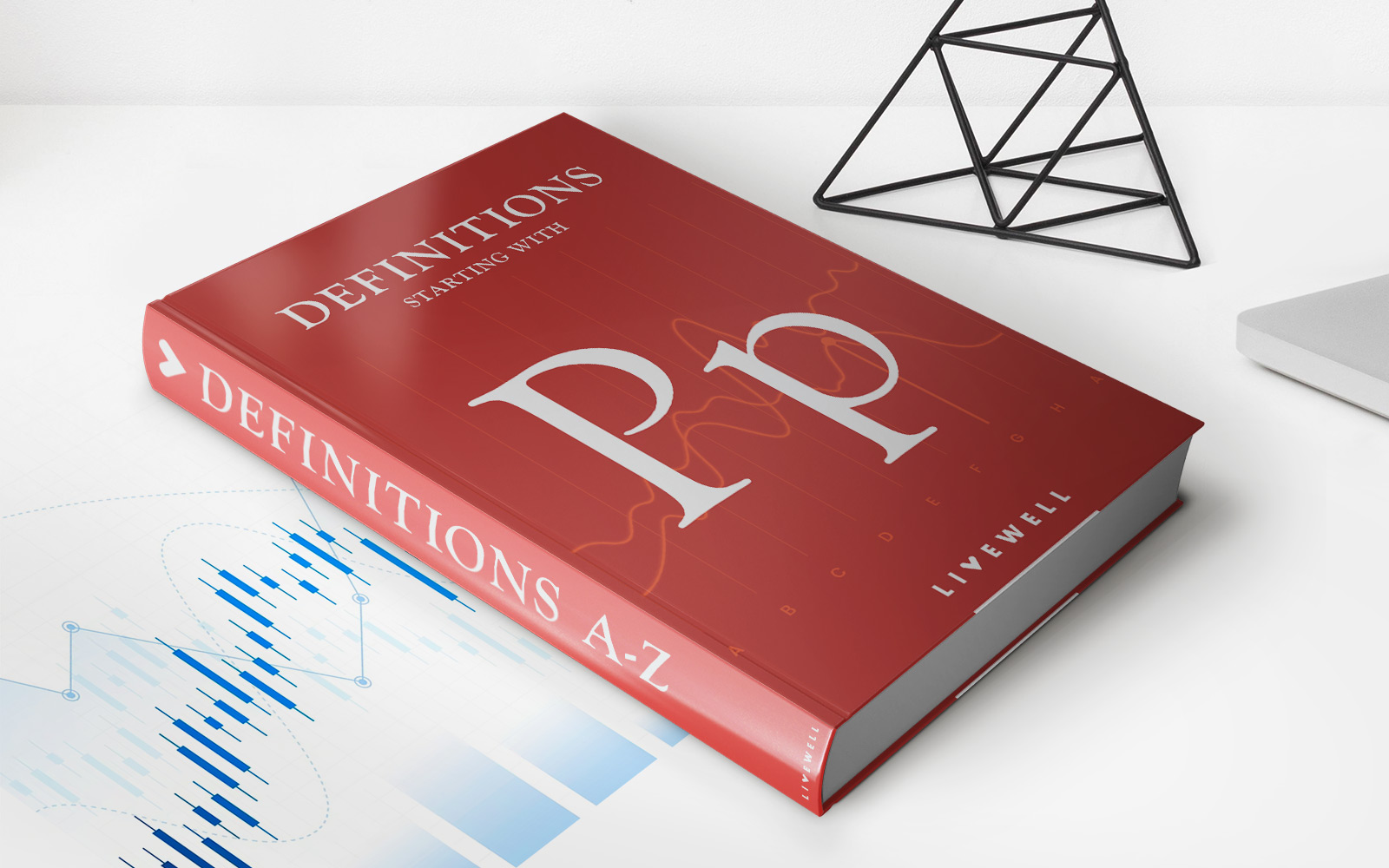Home>Finance>EBITDA-to-Interest Coverage Ratio: Definition And Calculation
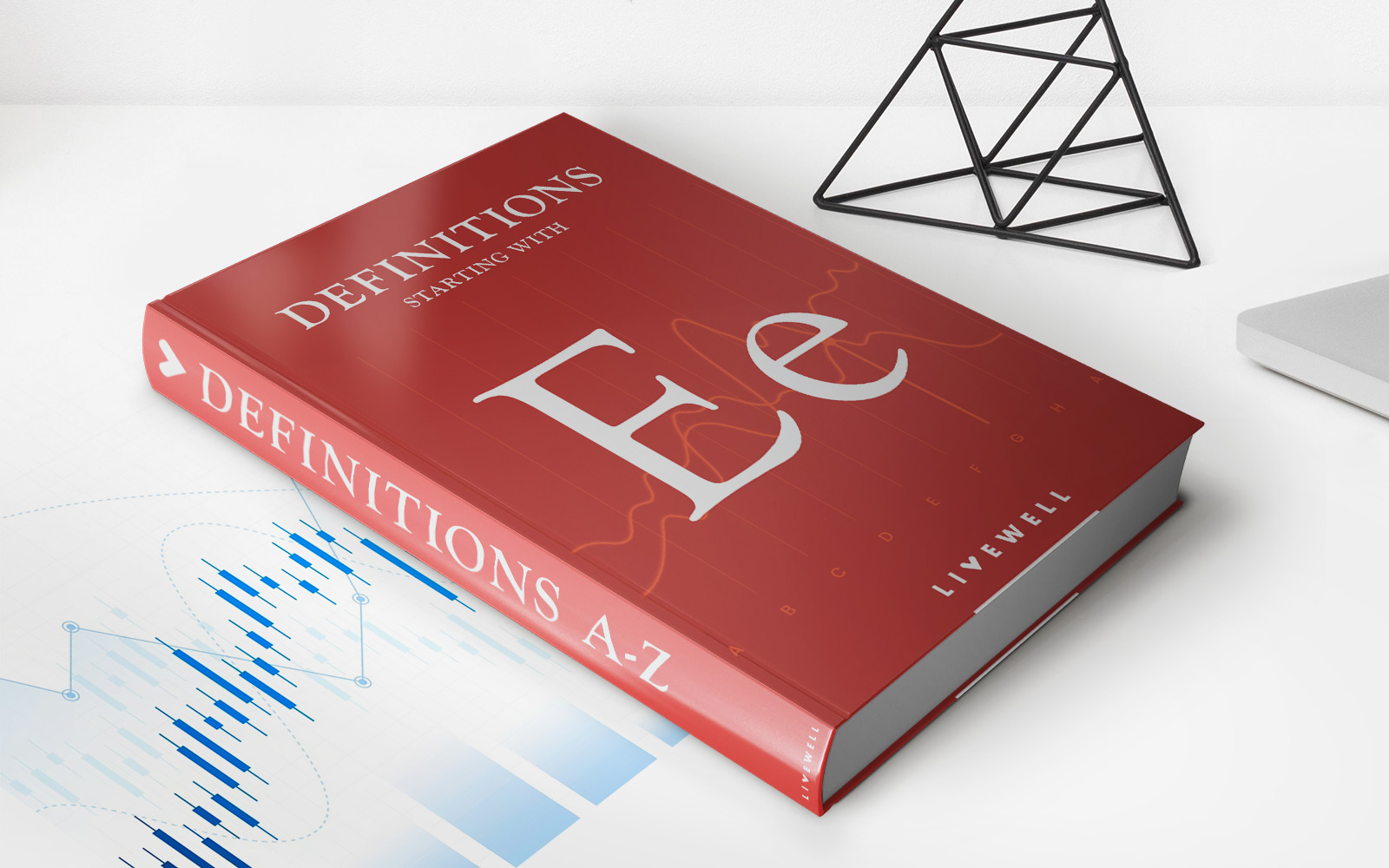

Finance
EBITDA-to-Interest Coverage Ratio: Definition And Calculation
Published: November 16, 2023
Learn about the EBITDA-to-Interest Coverage Ratio in finance. Understand its definition and calculation to determine a company's ability to pay off its interest expenses.
(Many of the links in this article redirect to a specific reviewed product. Your purchase of these products through affiliate links helps to generate commission for LiveWell, at no extra cost. Learn more)
EBITDA-to-Interest Coverage Ratio: Definition and Calculation
Welcome to our “Finance” category! Today, we’re going to dive into the world of financial ratios and explore the EBITDA-to-Interest Coverage Ratio. If you’re curious about measuring a company’s ability to cover its interest expenses with its earnings, you’ve come to the right place. In this blog post, we will define the EBITDA-to-Interest Coverage Ratio, explain its significance, and walk you through its calculation. So, let’s get started!
Key Takeaways:
- The EBITDA-to-Interest Coverage Ratio measures a company’s ability to cover its interest expenses using its EBITDA (Earnings Before Interest, Taxes, Depreciation, and Amortization).
- It is a crucial financial ratio that helps investors and lenders assess a company’s financial health and its ability to manage its debt obligations.
Before we delve into the EBITDA-to-Interest Coverage Ratio, let’s understand its purpose and why it should matter to you. This ratio serves as a strong indicator of a company’s financial stability and its capacity to meet its interest payments on outstanding debt. By analyzing this ratio, investors and lenders can gain insights into a company’s ability to service its debts and make informed decisions about potential investments or loans.
But how exactly is the EBITDA-to-Interest Coverage Ratio calculated? Let’s take a closer look at the formula:
EBITDA-to-Interest Coverage Ratio = EBITDA / Total Interest Expense
To calculate the EBITDA-to-Interest Coverage Ratio, you need to know a company’s EBITDA and its total interest expense. EBITDA is a measure of a company’s operational profitability, while the total interest expense represents the amount of interest paid on outstanding debt during a specific period.
Once you have these figures, simply divide the EBITDA by the total interest expense to obtain the EBITDA-to-Interest Coverage Ratio. The resulting number represents how many times a company’s EBITDA can cover its interest expenses.
Why is the EBITDA-to-Interest Coverage Ratio important?
The EBITDA-to-Interest Coverage Ratio is essential for several reasons:
- Assessing Financial Health: This ratio provides insights into a company’s financial health by revealing its capacity to generate enough earnings to cover interest payments.
- Evaluating Debt Servicing Ability: It helps investors and lenders evaluate a company’s ability to meet its debt obligations on time, leading to a clearer understanding of risk exposure.
- Comparing Companies: Comparing the EBITDA-to-Interest Coverage Ratio across different companies within the same industry helps identify which companies are better equipped to handle debt.
Now that you understand the significance of the EBITDA-to-Interest Coverage Ratio and how to calculate it, you can use this valuable financial metric to make informed investment decisions or assess the viability of potential loan recipients.
We hope you found this blog post helpful and informative. Remember, evaluating a company’s financial health is crucial before making any investment or lending decisions. Stay tuned for more exciting finance-related content, as we continue to explore various financial ratios and their applications.

